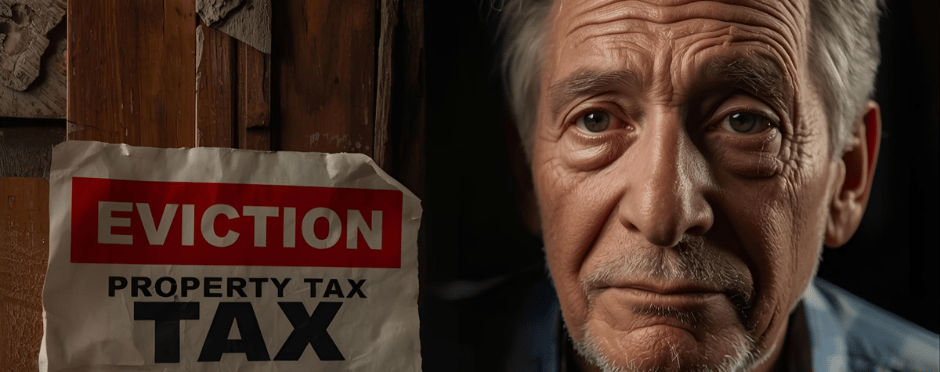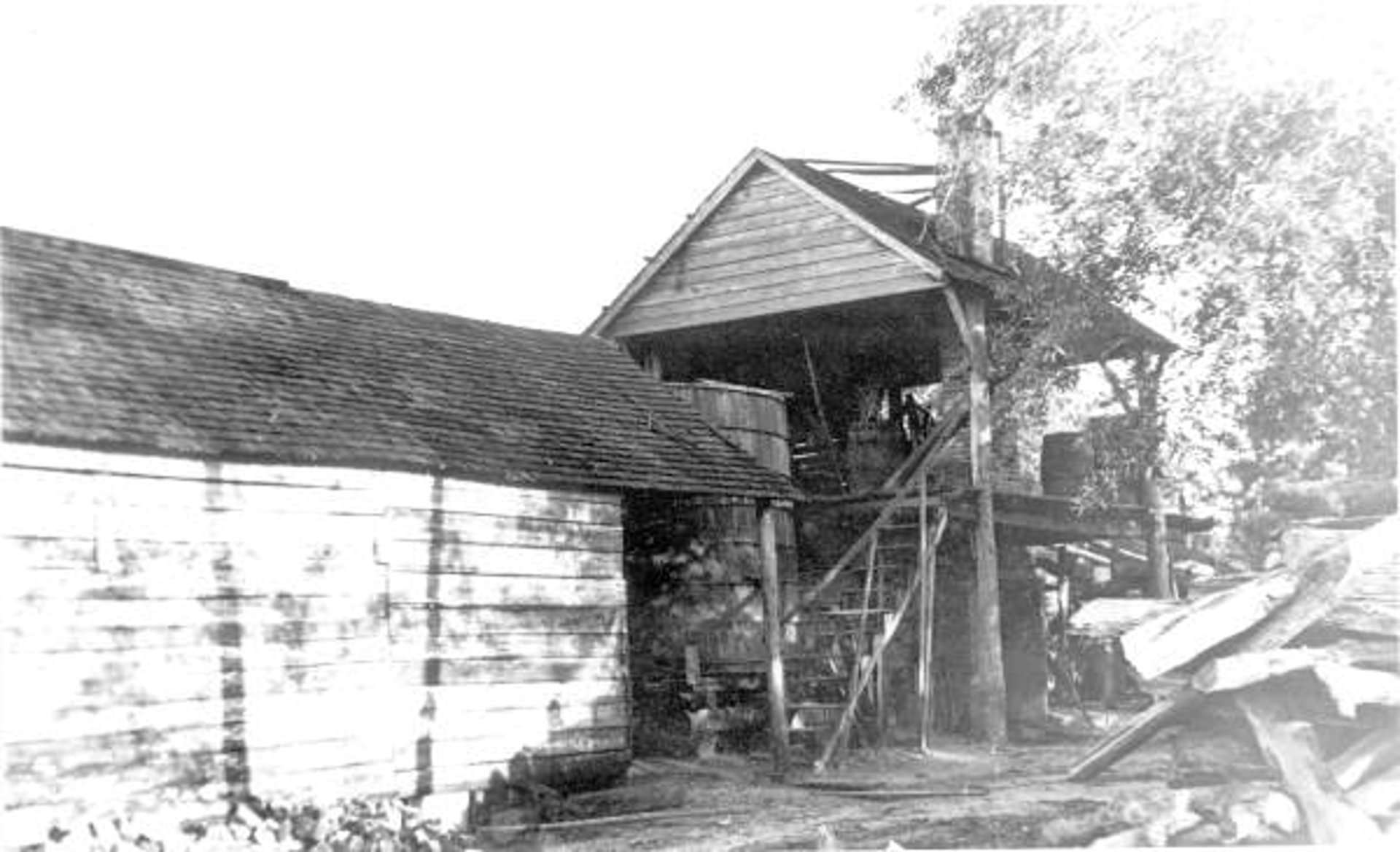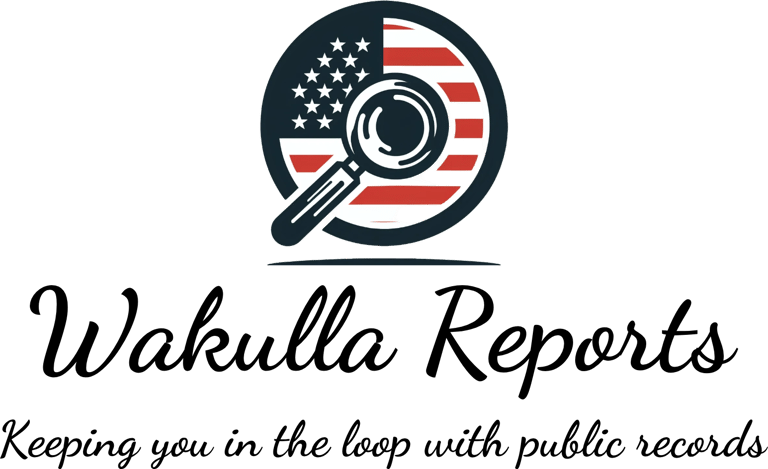How Wakulla County "Increased" the Millage Rate for FY2025: A Simple Breakdown
Uncover how Wakulla County's "steady" 7.9 millage rate for FY2025 is actually a stealthy 5.3% tax hike, capturing extra revenue from booming property values while skipping the rolled-back cut—leaving homeowners with bigger bills.
MONEY & FINANCE2025
Bella Boyd
10/14/20254 min read


How can you say they "raised" the millage rate but, the rate they voted for stayed the same? Great question, and it's a sneaky one that trips up a lot of folks in Florida counties like Wakulla. The short answer: They didn't technically raise the nominal millage rate (it's still 7.9 mills, same as last year). But by voting to keep it there instead of lowering it to the "rolled-back" rate of about 7.4963 mills, they effectively boosted property tax revenue by around 5% overall - meaning higher bills for most homeowners due to rising property values. This happened at the Board of County Commissioners (BOCC) final budget hearing on September 19, 2024. I'll explain step by step in plain English, with the why's, how's, and your wallet's hit.
Quick Refresher: What Is a Millage Rate, Anyway?
In Florida, property taxes are based on your home's assessed value (what the county says it's worth) multiplied by the millage rate (a tax rate in "mills," where 1 mill = $1 per $1,000 of value).
Example: For a $300,000 home at 7.9 mills, you'd owe $300K × 0.0079 = $2,370 in county taxes (before exemptions like homestead).
The total millage isn't just the county - it's a combo of rates from the county, school board, etc (some with very different collection rules). (Wakulla's total effective rate hovers around 10-11 mills, but we're focusing on the county's slice here).
Florida law requires counties to advertise if they plan to set the rate above a "rolled-back" benchmark, which protects against automatic hikes from growth. More on that next.
Step 1: The Rolled-Back Rate—Florida's Built-In Safeguard
Every year, the county calculates a rolled-back rate: This is the rate that would generate the same revenue as the prior year, adjusted for new construction and population growth. It's like saying, "Even if homes are worth more on paper, we won't take extra unless we vote for it."
For FY2025 (October 2024–September 2025), Wakulla's rolled-back rate was 7.4963 mills—a potential cut from the prior 7.9 mills because property values rose ~8-10% countywide (blame the hot housing market).
Setting at or below this? No "tax increase" label needed. Above it? They have to hold public hearings, advertise "TRUTH IN MILLAGE" notices, and explain why.
Step 2: What Wakulla Did—Voted to Hold Steady at 7.9 Mills
At the tentative budget hearing on September 12, 2025, the BOCC voted 4-1 to propose 7.9 mills (same as FY2024). Commissioner Valerie Russell (District 3) was the lone "no" vote, pushing for the rolled-back cut.
Then, on September 19, 2025 (final adoption), they doubled down with another 4-1 vote to lock in 7.9 mills - again ignoring the 7.4963 rolled-back option.
Result? This generates about 5.3% more revenue than the rolled-back rate would (~$1.5-2 million extra for the county's $199M budget). It's not a nominal hike, but it's an effective increase because:
Property values are up, so even at the same rate, taxes rise.
By exceeding rolled-back, they capture extra from that growth—straight to county coffers.
This ties into the bigger FY2025 budget picture we chatted about before: $199M total (up $34M from last year), funded by steady taxes, fee hikes (trash up 7%), and no deep cuts despite dropping debt.
Step 3: Why Did They Do It? The Official Reasons (and the Real Talk)
Their Pitch: "Unavoidable costs" like maintaining first-responder radio systems, stabilizing other fees (e.g., public services tax set to rise in 2026), and covering basics amid growth (pop up ~5%/year). Staff recommended 7.9 to avoid "wild swings" in future budgets.
They framed the rolled-back as too aggressive, potentially forcing service cuts or reserve dips.
The Catch: Critics (including locals at hearings) called it a stealth hike—deliberations got "contentious," with pushback on why not trim elsewhere (e.g., employee raises or admin bloat). One resident reportedly yelled, "You're taxing us to death!" It passed anyway, with Chair Mike Barfield noting it keeps things "predictable."
Ties to Debt/Finances: As we dug into the 2024 Debt Report, reserves got drained paying down that $30M LOC. Now, they're "stabilizing" by holding revenue steady—meaning you foot the rebuild via this effective bump.
Public hearings were required (two per Florida law: tentative and final), advertised in the Tallahassee Democrat and on the county site. But turnout was low, per reports.
Step 4: What's the Impact on You (John Q. Public)?
Your Bill: For a median Wakulla home (~$300K assessed value), county taxes stay ~$2,370 at 7.9 mills - but that's up ~$150-200 from last year due to value growth alone. Add the full millage (school + special districts), and expect 8-10% overall hike.
Who Feels It Most?: Homeowners without exemptions (homestead caps increases at 3%/year, but new buyers get hit full-force). Renters? Landlords pass it on.
Silver Lining?: No nominal rate jump means it's not as bad as a straight 0.4-mill hike.
But overall? More squeeze amid inflation.
The Bottom Line: It's Legal, But It's a "Hidden" Increase
Florida's system is designed to flag real hikes, but savvy counties like Wakulla use the rolled-back loophole for "steady" revenue grabs without the full backlash. If values keep climbing (they will), expect more of this.

Additional Social Links
YouTube is your go-to for short clips, video explainers, and visual breakdowns of how Florida and Wakulla governments really work.
Facebook brings you bite-sized written content, sticky-note facts, and rolling updates you can share and discuss.
Prefer to browse at your own pace?
Bookmark our website and visit anytime for fresh posts, resources, and real-life examples from right here in Wakulla County.
© 2024. All rights reserved.
